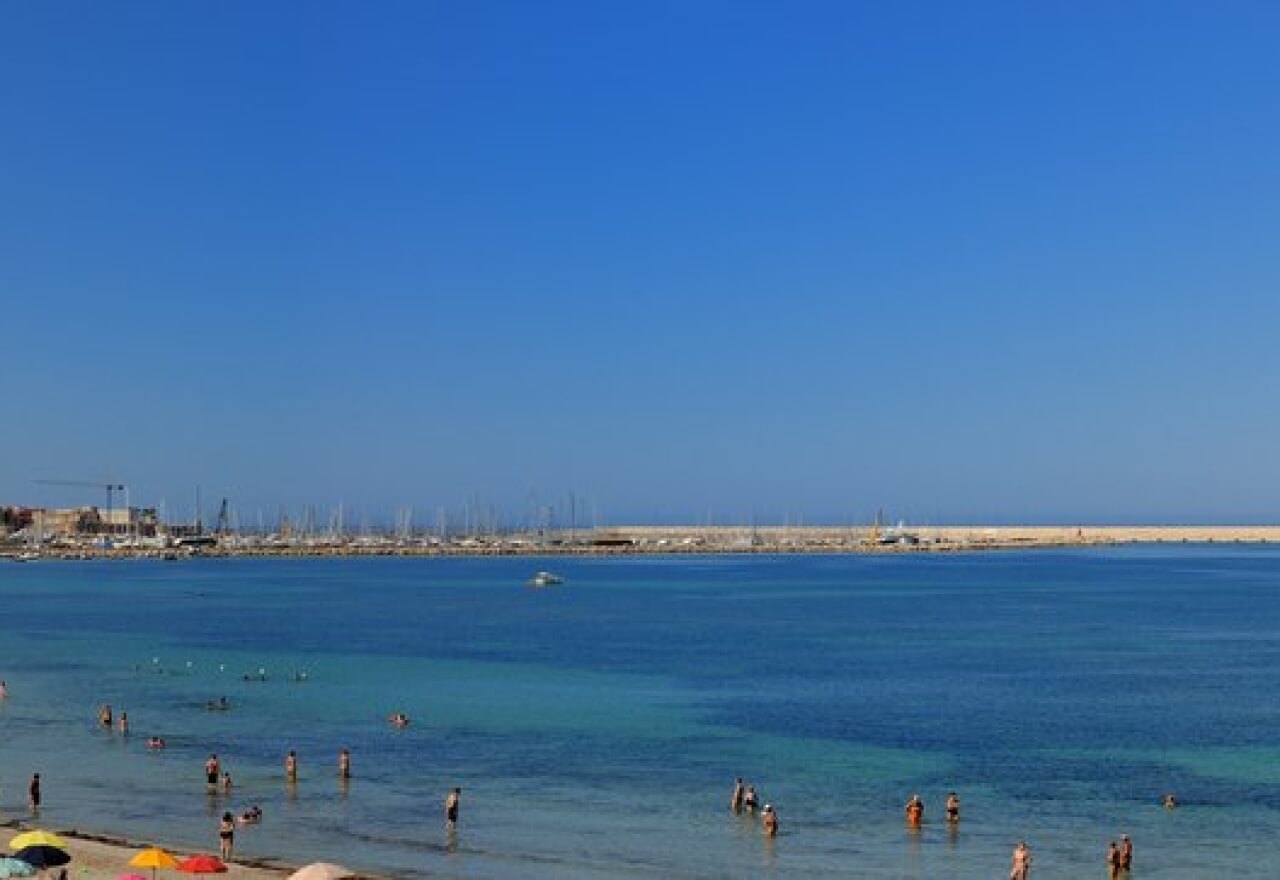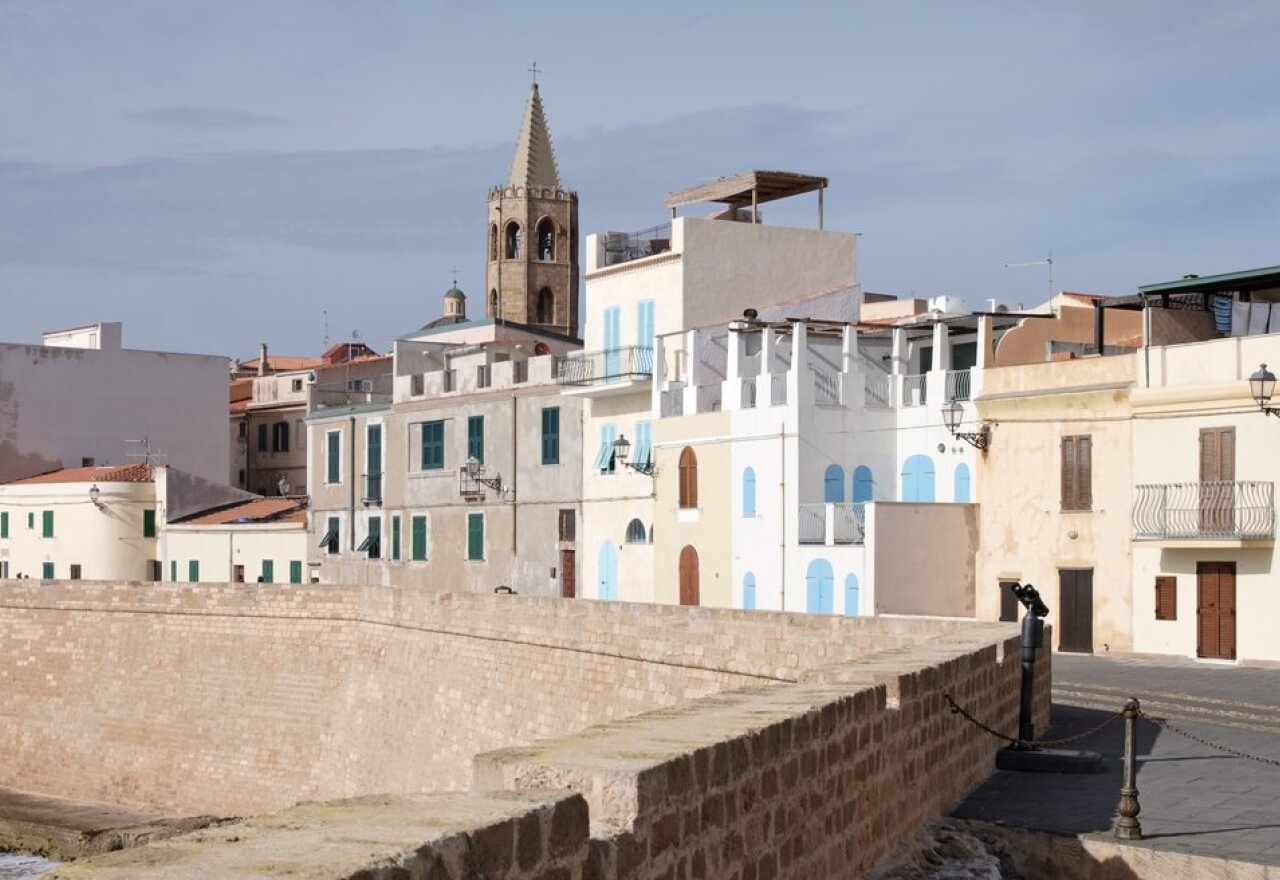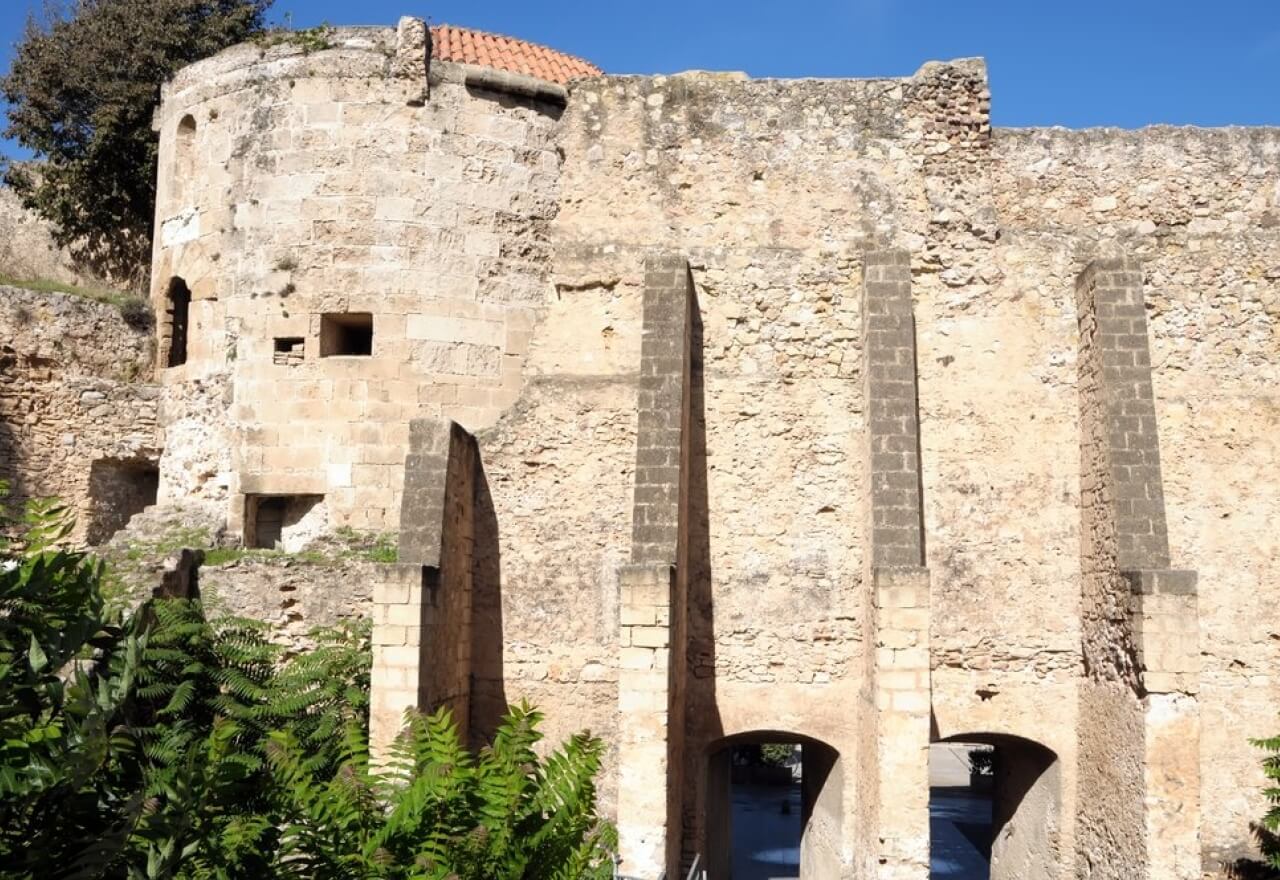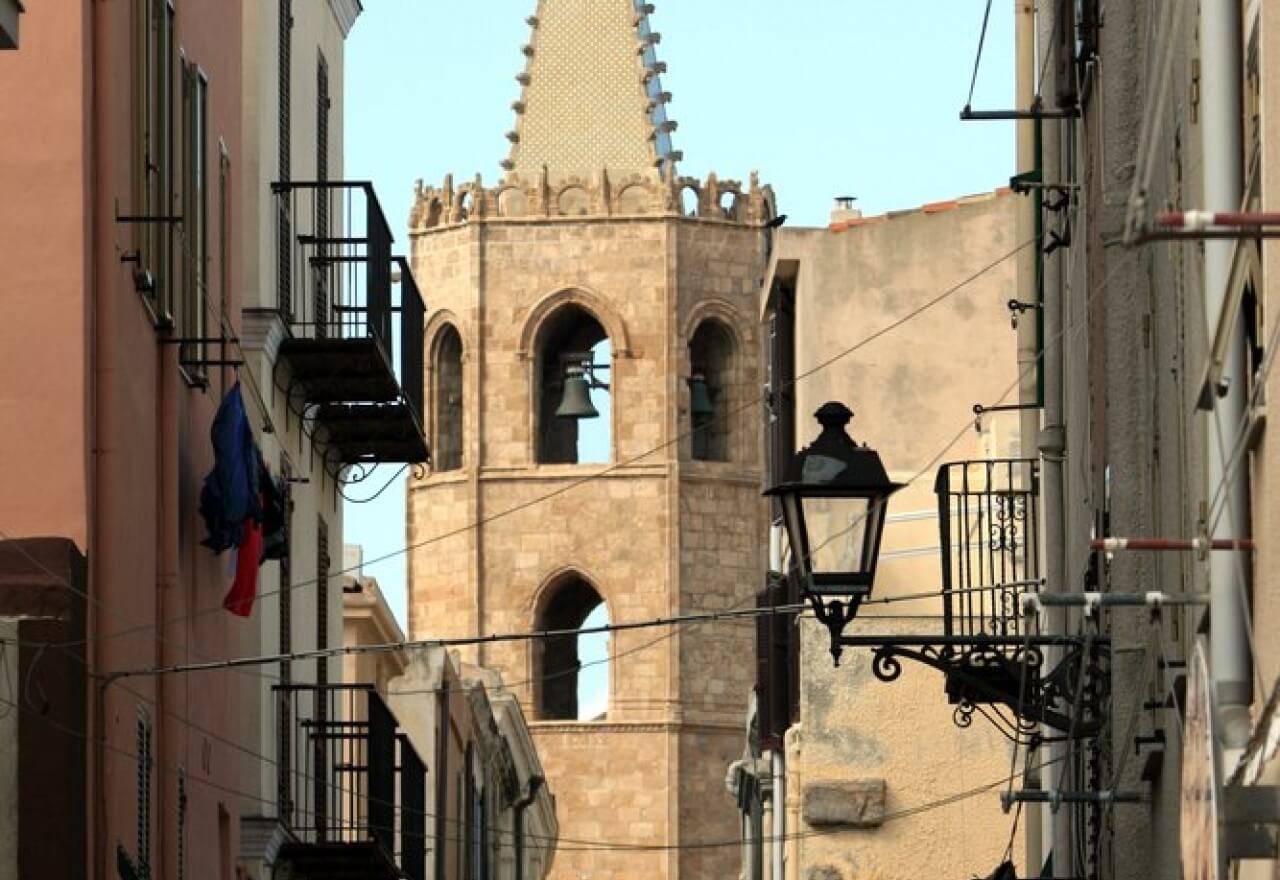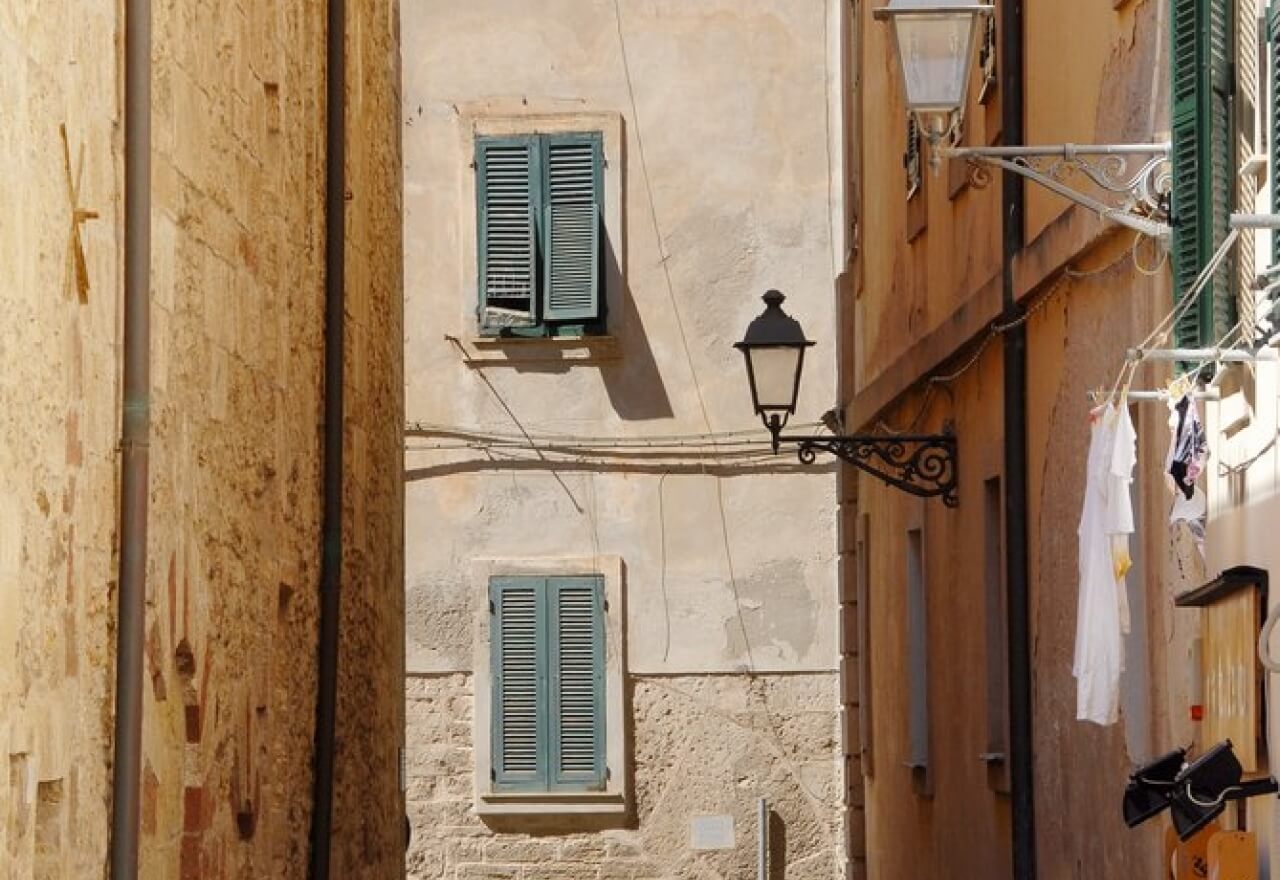Alghero and surroundings
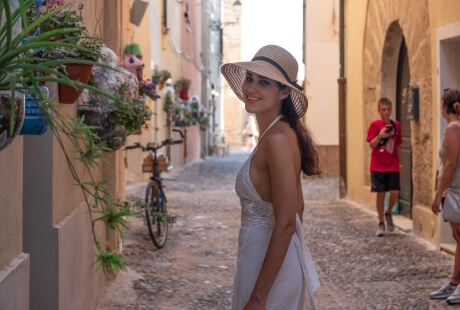
Alghero, a walled city, arose from the sea and it also took its name from the sea.
In fact, it seems that this actually derives from the abundance of posidonia oceanica (Neptune grass) leaf deposits, erroneously called alga, which can be found along the sandy coasts following south-westerly sea storms. The city, main city of the Coral Riviera (in both Catalan and Algherese Rada de Coral) is situated in an extremely prestigious environmental context that includes the Porto Conte Natural Park and the Capo Caccia-Isola Piana Marine Reserve.
The historical city centre, overlooking the sea, with its architecture, just as with its suggestive spaces, represents a veritable jewel set in the heart of the Island. Its locations, its sensations witness a long and detailed cultural process linked with Sardinian political, social and economical events.
The city was founded by the Doria family of Genoa about 9 centuries ago, in 1102, upon a peninsular which measured only a few hectares. The choice of such location was not made by chance: it was impregnable from the sea thanks to its high walls that can still be seen today together with the treacherous sea beds that did not allow even medium-sized vessels to come within a cannonball’s reach and both the parts ashore as well as those underwater were admirably fortified at different stages, also following the expansion that made it necessary to widen the spaces protected by the walls themselves.
During the following century, Alghero was conquered by the Catalan-Aragonese who entered into the walled city on 31st August 1353. Then the following year, the city was repopulated by people coming from different Catalan towns and since then Alghero has maintained both the language and the traditions of those people and the Iberian peninsular, with which it keeps up active and frequent exchange relations.
Therefore, a trip to Alghero is not just a simple excursion, it is rather an itinerary rich in history and fascination: the monuments, the churches in the ancient town, surrounded by imposing towers and bastions, such as the stately palaces and in particular, by the bell towers of St. Mary’s Cathedral and St. Francis’ church, which illustrate the clear influence of the Gothic-Catalan style.
"Barceloneta", as Alghero is affectionately called by the Catalans, with its sea, its history and its people has been the first capital of Sardinian tourism since the end of the 19th century and in Sardinia today, it still represents the city with the greatest tourism potential.
Alghero boasts an extremely varied natural panorama, ranging from the fine sand to the cliffs with flat or very jagged stones. The promontory of Capo Caccia is greatly appreciated for its panorama, with its by now famous cliff in the shape of a sleeping giant that has become one of the symbols representing Alghero, together with its highest quality, precious red coral, which is still brought ashore by the coral fishermen, a profession that with the processing and the sale of coral has had, for centuries, a great economic and cultural significance, to the extent where the coral branch has been inserted into the city’s coat of arms.
In the immediate inland area of the city, surrounded by valuable vineyards, we can find the Hypogeic necropolis of Anghelu Ruju, the tombs of which represent one of the most important complexes of the island’s domus de janas. The site is open every day from 01/04 to 31/10 from 9.00 am to 5 pm.
Only 8 km from the Torre del Porticciolo camping village, it is possible to visit the Palmavera Nuragic Village, a complex which dates back to the 18th century B.C. and that is made up of a central tower, enclosed by an oval castle, and a wide-ranging village that includes hovels and walls. The site is open every day from 01/04 to 31/10 from 9.00 am to 19 p.m.

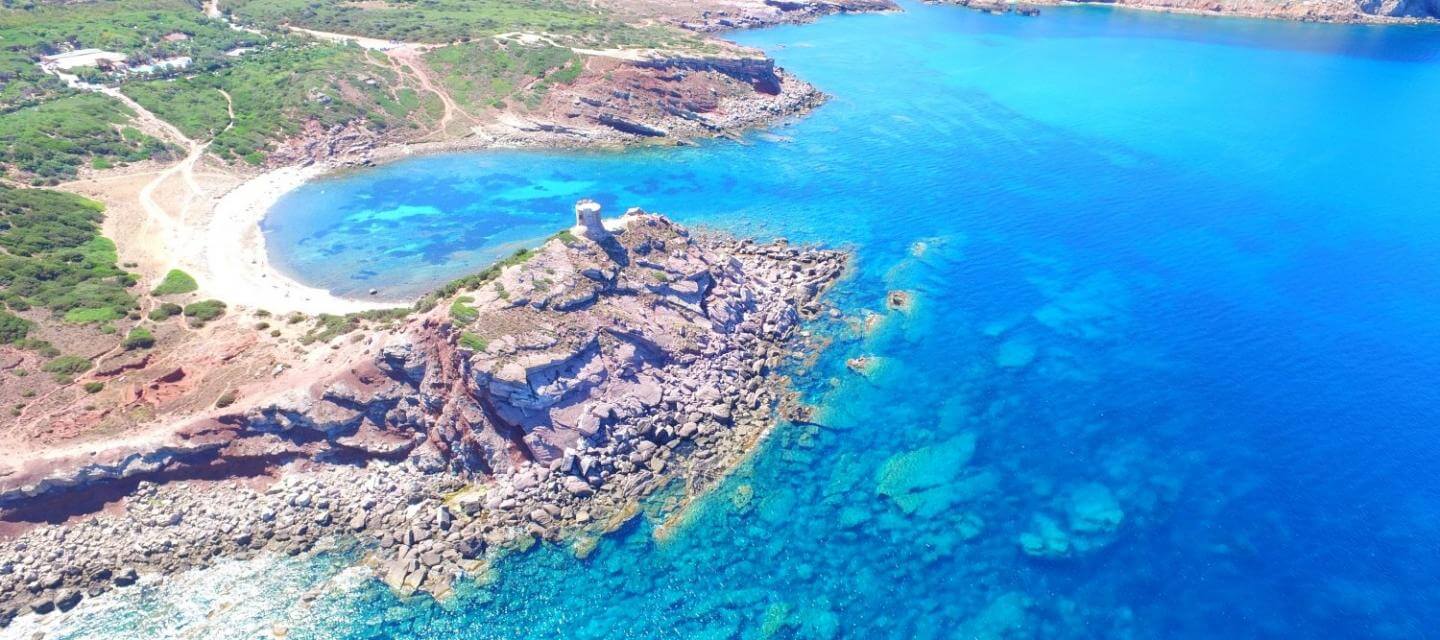

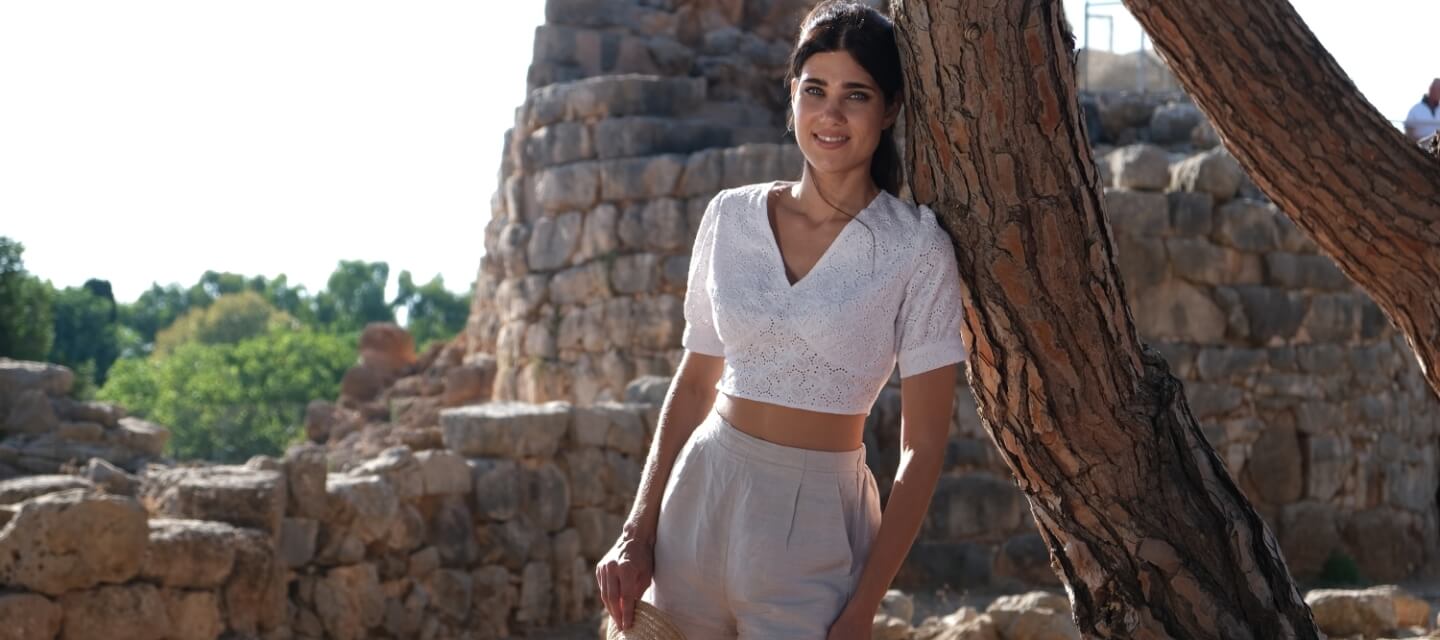
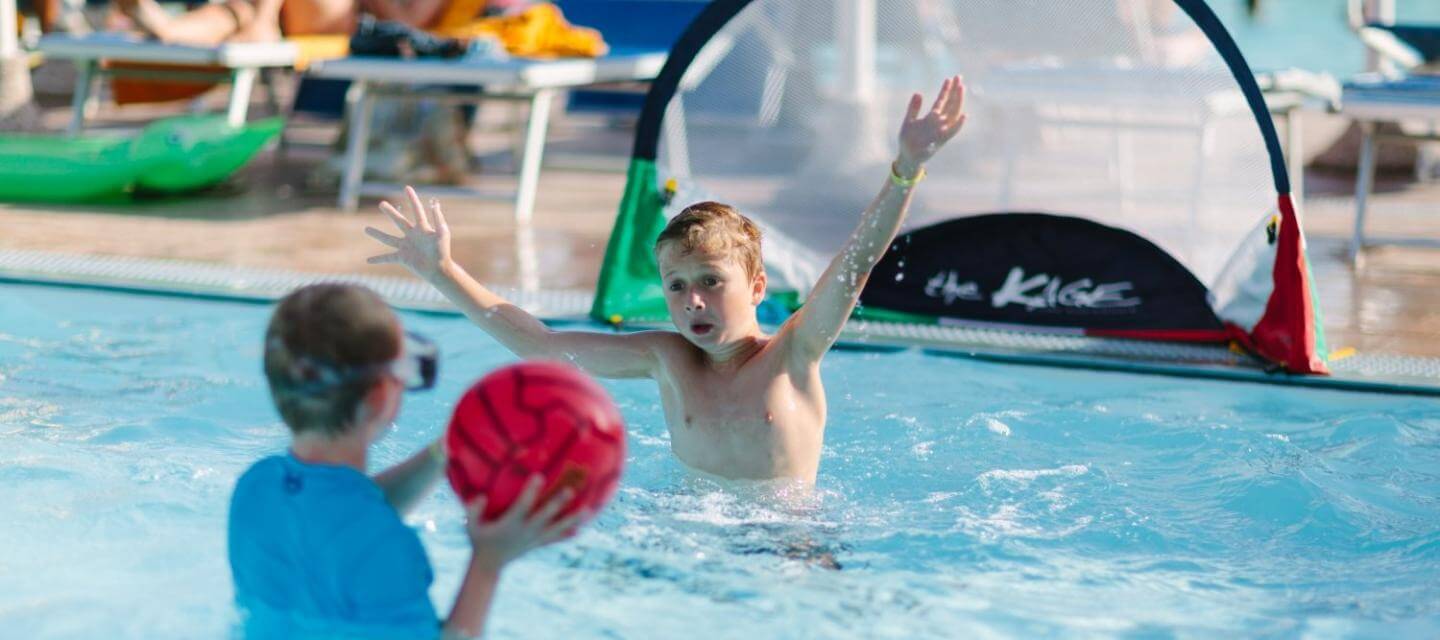
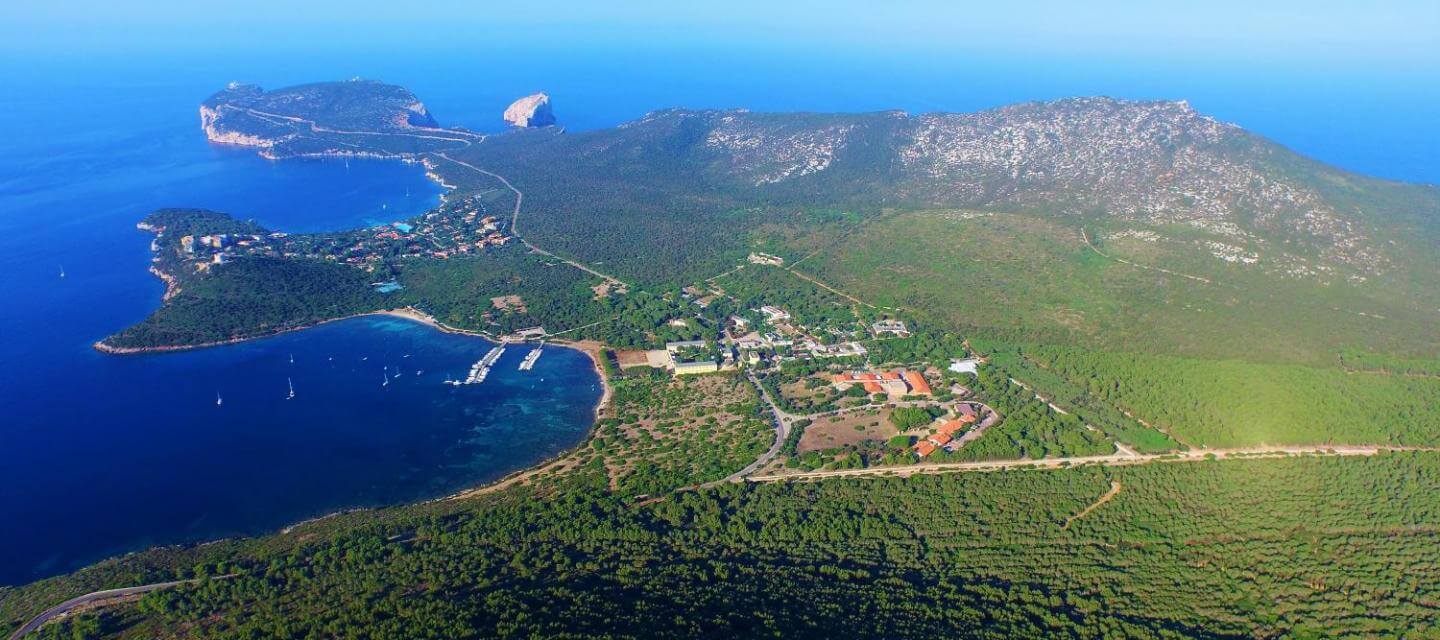
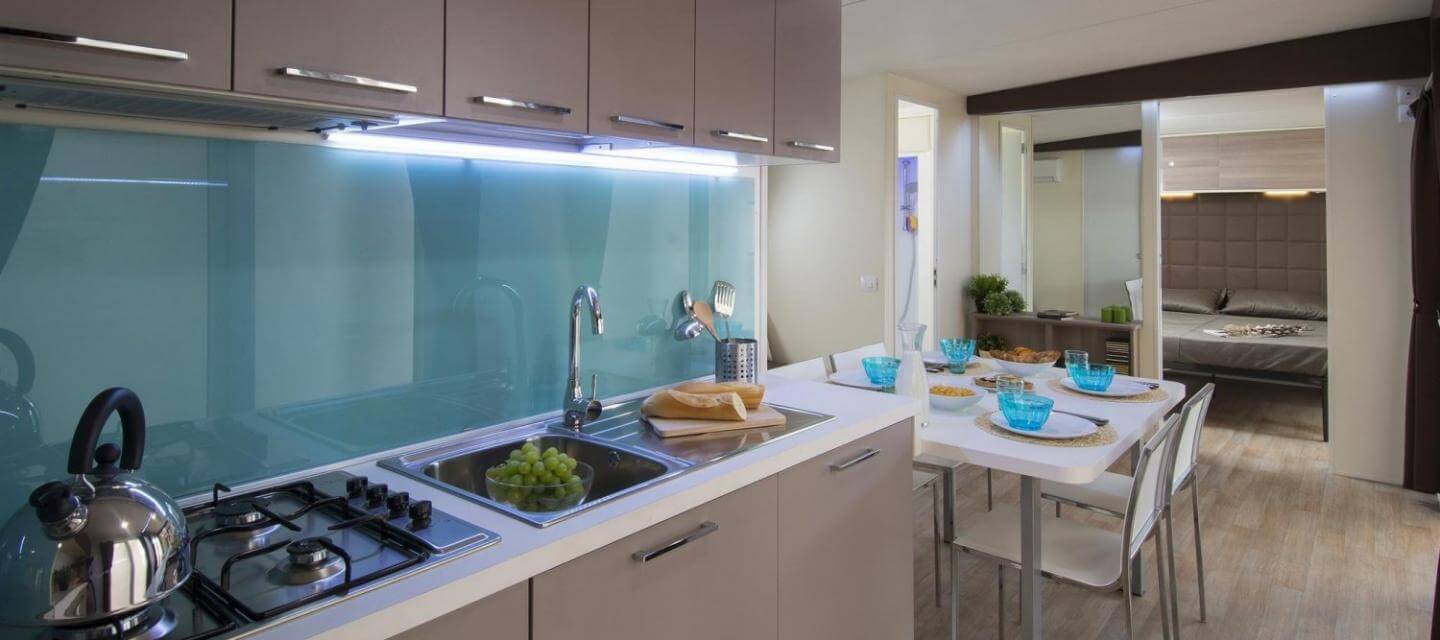
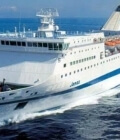
-3a1661950bed6c0f760c9d539dad7f69-frontend-templ-c47.jpg?v=1)
-d289ed8238bb004564a42b9538c713c9-frontend-templ-c47.jpg?v=1)
-3fece47da92ab2674d54fa4d1316d77a-frontend-templ-c47.jpg?v=1)
-6ff62b626909e48ea5d7585b369692d1-frontend-templ-c47.jpg?v=1)
-4e505f06f453b200e91503467aac0e20-frontend-templ-c47.jpg?v=1)
-da0869d2542f1eacbbb83a50707b153c-frontend-templ-c47.jpg?v=1)
-382998435c21e147fc8549c308b9e4a0-frontend-templ-c47.jpg?v=1)
-42a310b5fb258c1b381e925214ce366e-frontend-templ-c47.jpg?v=1)
